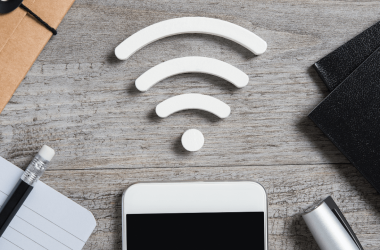Roku has become one of the most popular streaming platforms worldwide, powering millions of smart TVs and streaming devices. For developers and tech enthusiasts, Roku Developer Mode unlocks powerful features that enable app sideloading, debugging, and private channel testing — essential for creating and perfecting Roku channels before public release.
In this in-depth guide, you’ll learn everything about Roku Developer Mode — from activation to advanced debugging techniques, sideloading private channels, using Roku’s SDK, and troubleshooting common issues. Whether you’re an experienced Roku developer or a curious user, this article equips you with expert insights and practical steps to harness the full potential of Roku Developer Mode.
What Is Roku Developer Mode?
Roku Developer Mode is a special feature on Roku devices that allows developers to test and debug channels (apps) locally before submitting them to the Roku Channel Store. It enables sideloading — installing private or unpublished channels — and provides access to development tools like device logs and screen captures.
Unlike normal Roku usage, Developer Mode is intended for developers and requires manual activation. It’s not visible by default because enabling Developer Mode gives access to sensitive features that could affect device stability.
Read Also: Twitch On Roku
Why Use Roku Developer Mode?
- Test and Debug Private Channels: Upload and test your Roku channel privately before making it public.
- Sideload Apps: Install apps that are not available in the official Roku Channel Store.
- Access Debugging Tools: View logs, capture screenshots, and use Roku’s developer dashboard.
- Develop with Roku SDK: Use Developer Mode alongside Roku’s SceneGraph framework and BrightScript language for app development.
For developers, this mode is essential to iterate quickly, troubleshoot bugs, and optimize apps without risking public user experience.
How to Enable Roku Developer Mode: Step-by-Step Guide
Activating Developer Mode is straightforward but requires precise input on your Roku remote.
Steps to Enable Developer Mode:
- Prepare your Roku device and remote.
- On the Roku home screen, press the following remote buttons in sequence:
- Home (3 times)
- Up (2 times)
- Right, Left, Right, Left, Right
- The Developer Mode screen will appear.
- Read and accept the Developer Mode warning.
- Set a secure web server password.
- The device will reboot and enable Developer Mode.
Supported Devices and Firmware Requirements
- Most Roku streaming devices and Roku TVs support Developer Mode, but some older models may not.
- Ensure your Roku device runs the latest firmware to avoid compatibility issues.
- Developer Mode is typically available on Roku OS 7.7 and above.
Accessing the Developer Web Interface
Once enabled, Roku Developer Mode allows you to access a local web interface for uploading and managing channels.
How to Access:
- Find your Roku device IP address:
- Go to Settings > Network > About on your Roku.
- Open a browser on the same network and visit:
http://<Roku-IP-address>(e.g., http://192.168.1.20) - Log in using the Developer Mode password you set.
This web interface is where you can upload channel packages (.zip files), view logs, reboot the device, and take screenshots.
Roku Developer Mode Features
- Channel Upload: Sideload private channels for testing.
- Logging: Access detailed device logs to debug apps.
- Screen Capture: Take screenshots of your app in use.
- Device Restart: Reboot Roku device remotely from the web UI.
- Session Management: Developer Mode stays active for 72 hours or until the device restarts.
Understanding Roku SDK and Development Environment
Developers build Roku apps using:
- BrightScript: Roku’s scripting language designed for media apps.
- SceneGraph Framework: Modern UI toolkit for Roku apps providing visual components.
Developer Mode lets you upload your channel package directly and test real-time changes.
Setting Up:
- Download Roku SDK and sample apps from Roku Developer Portal.
- Use text editors or IDEs like Visual Studio Code with BrightScript plugins.
- Use Developer Mode’s web interface to sideload and test.
Creating and Testing a Roku Channel in Developer Mode
- Develop your channel using BrightScript and SceneGraph.
- Package the channel into a zip file with a manifest file specifying metadata.
- Upload the package via the Developer Web Interface.
- Launch the channel on your Roku device for testing.
- Use logs and screen capture to monitor behavior and debug.
Debugging Roku Apps with Developer Mode
- Access Device Logs: View errors, warnings, and info logs.
- Use Console Commands via telnet (port 8085) for advanced debugging.
- Monitor app performance and network requests in real time.
Pro Tip: Always test on actual Roku hardware, as simulators may not reflect device-specific behaviors.
Sideloading Apps on Roku: What You Need to Know
Sideloading means installing apps outside the Roku Channel Store, commonly for testing or private distribution.
How to Sideload:
- Use Developer Mode’s web interface to upload your channel package.
- Alternatively, use command-line tools or scripts to automate sideloading.
Security Considerations:
- Only sideload trusted apps to avoid security risks.
- Developer Mode apps are visible only on the device where sideloaded.
Managing Developer Mode Sessions
- Developer Mode expires after 72 hours or after a device reboot.
- You must re-enable Developer Mode after expiration.
- Firmware updates may disable Developer Mode; re-enable if necessary.
Best Practices for Roku Development Using Developer Mode
- Regularly update Roku firmware and SDK tools.
- Keep your channel packages clean and well-structured.
- Use detailed logging and consistent naming conventions.
- Test on multiple Roku device models.
- Backup channel source code and manifest files.
Common Issues and Troubleshooting
| Issue | Cause | Solution |
|---|---|---|
| Developer Mode not activating | Wrong button sequence | Repeat steps carefully |
| Cannot access web interface | Network/firewall issues | Ensure PC and Roku on same network |
| Channel upload failing | Invalid package format | Verify manifest and zip structure |
| Logs not showing expected info | Debug level settings | Enable verbose logging in app |
Roku Developer Mode vs Public Channel Submission
Developer Mode is for private testing; the public channel submission process is separate.
- Developer Mode apps are not visible to the public.
- Public submission requires Roku approval and follows store guidelines.
- Use Developer Mode to polish your app before submission.
Read Also: Codes For Hisense TV
Roku Developer Mode for Non-Developers: What You Should Know
While mainly for developers, some users activate Developer Mode to sideload unofficial channels.
Warning: This can cause device instability and may void warranty. Casual users should proceed with caution.
Roku Developer Community and Resources
- Official Roku Developer Portal
- Roku Developer Forums
- GitHub repositories with sample channels
- YouTube tutorials on Roku development
Legal and Compliance Considerations
- Respect Roku’s policies on Developer Mode usage.
- Private channels sideloaded should comply with copyright laws.
- Avoid distributing apps that violate Roku Channel Store terms.
Roku Developer Mode FAQs
Q: What is Roku Developer Mode?
A: A special mode that allows developers to sideload, test, and debug Roku channels before public release.
Q: Is Developer Mode available on all Roku devices?
A: Most modern Roku devices support it, but some older models do not.
Q: How do I turn off Developer Mode?
A: Restart your Roku device, and Developer Mode will automatically disable after expiration or reboot.
Q: Does Developer Mode void my Roku warranty?
A: No official statement, but improper use could affect device stability. Use with caution.
Q: Can I install apps from outside the Roku Channel Store?
A: Yes, via Developer Mode sideloading, but only on your device.
Q: How do I update a sideloaded app?
A: Re-upload the updated channel package via the Developer Web Interface.
Q: What programming languages are used for Roku apps?
A: Primarily BrightScript, with SceneGraph for UI components.
Q: How to troubleshoot Developer Mode connection errors?
A: Ensure device and PC are on the same network, verify IP address, and check firewall settings.
Conclusion
Roku Developer Mode is an indispensable tool for Roku app developers and power users who want to test, debug, and sideload channels securely and efficiently. This guide covered everything from activation to advanced debugging and best practices, equipping you to make the most of Roku’s powerful development environment.



![5 Methods to Watch Twitch On Roku TV [2025 Guide] 7 5-Methods-to-Watch-Twitch-On-Roku-TV-[2024-Guide]](https://smarttvmaster.com/wp-content/uploads/2024/06/5-Methods-to-Watch-Twitch-On-Roku-TV-2024-Guide-380x250.png)

![How to Set Up Sleep Timer On Roku [4 Easy Methods] 12 [4-Easy-Methods]-To-Set-Up-Sleep-Timer-On-Roku](https://smarttvmaster.com/wp-content/uploads/2024/04/4-Easy-Methods-To-Set-Up-Sleep-Timer-On-Roku-380x250.png)
![5 Easy Steps to Delete Apps on Vizio TV – Quick & Simple Guide 16 How-to-Delete-Apps-on-Vizio-TV-[2024-Complete-Guide]](https://smarttvmaster.com/wp-content/uploads/2024/09/How-to-Delete-Apps-on-Vizio-TV-2024-Complete-Guide-380x250.png)